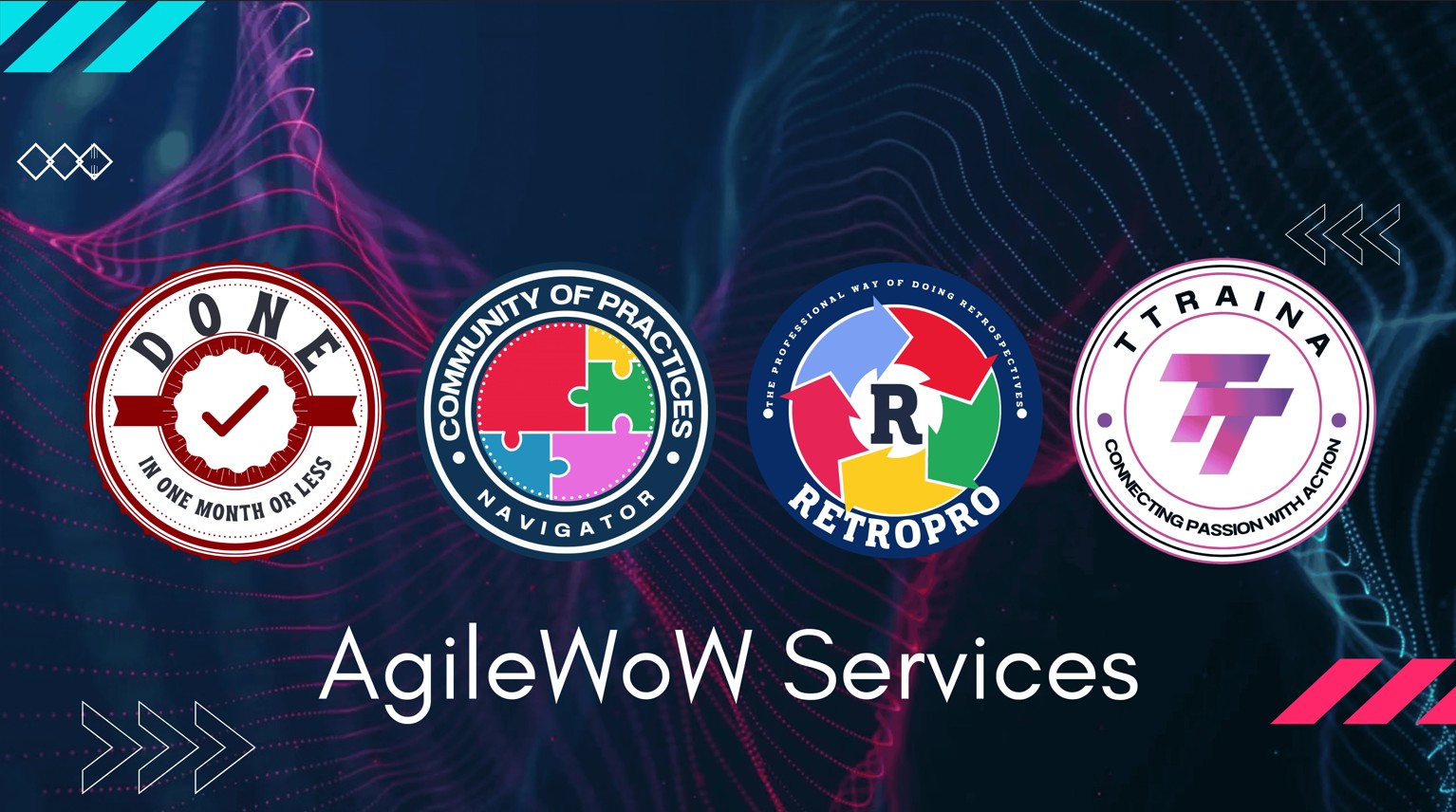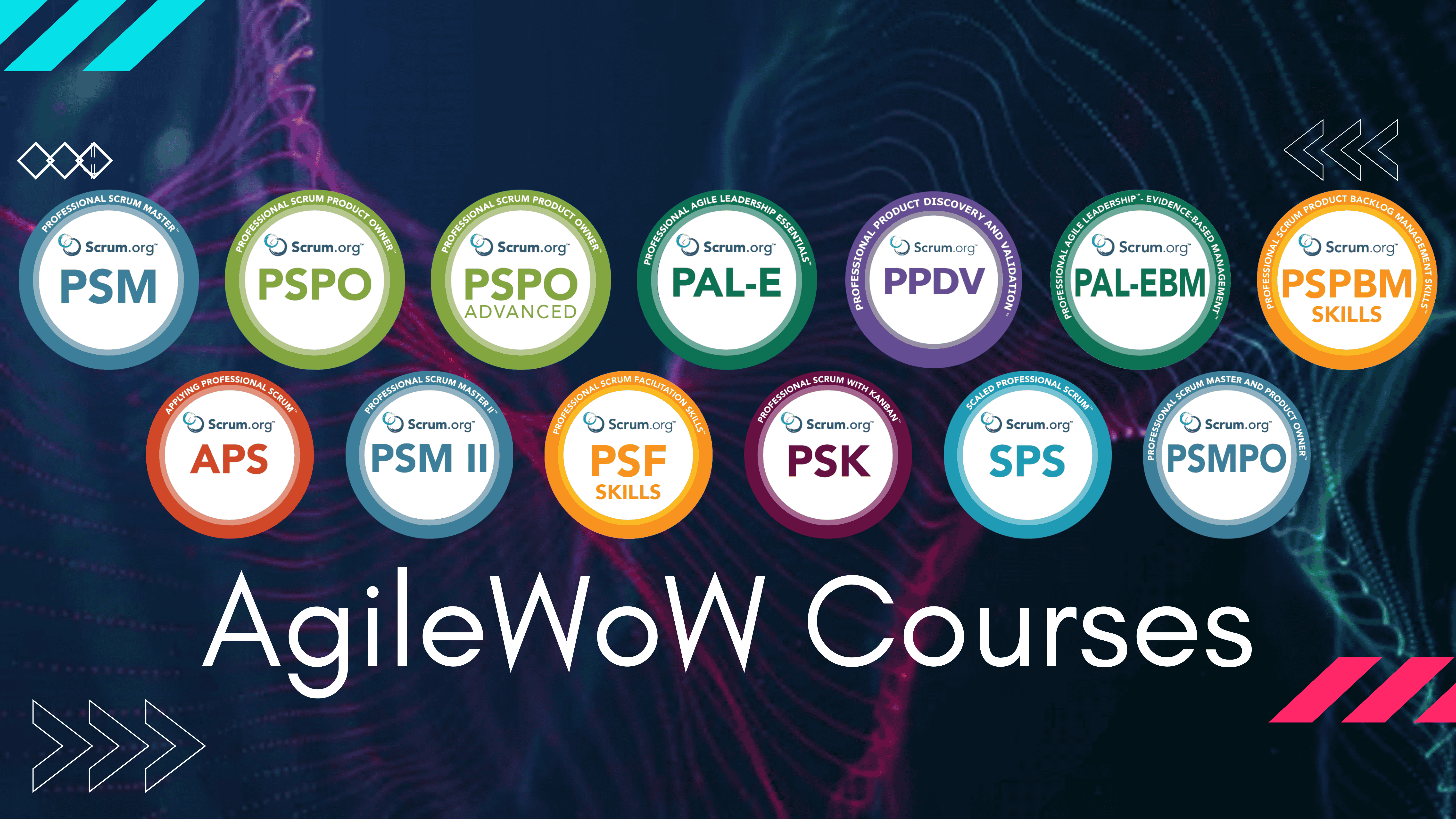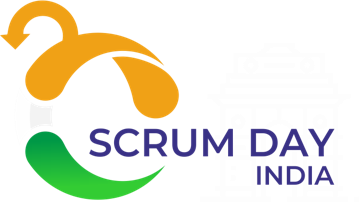Hypothesis-Driven Development: Building Products with Confidence
Listen to the Article
No time to read? Sit back and enjoy the audio version of this post.
In the evolving world of product development, how often have we built features based purely on assumptions, only to realize later that our users had different expectations?
To mitigate such costly errors, savvy product managers and agile teams are embracing Hypothesis-Driven Development. This method systematically validates ideas before significant investment, reducing risk and ensuring products genuinely meet user needs.
Let's dive deeper into what Hypothesis-Driven Development is, why it's essential, and how you can implement it effectively in your product development processes.
What is Hypothesis-Driven Development?
Hypothesis-Driven Development is a structured approach to building products or features based on explicit, testable assumptions—or hypotheses. Rather than relying on assumptions or intuition alone, teams validate hypotheses using evidence gathered from controlled experiments or tests.
This method emphasizes the cycle of:
Build ➜ Measure ➜ Learn ➜ Iterate
In simpler terms, it involves:
- Clearly articulating an assumption about your users, product, or market.
- Designing experiments to test this assumption.
- Analyzing results to validate or invalidate your hypothesis.
- Using these insights to inform your next steps.
Why Adopt Hypothesis-Driven Development?
- Risk Reduction: By explicitly stating and testing hypotheses, teams avoid costly errors stemming from unvalidated assumptions, significantly reducing risks early in the product development lifecycle.
- Enhanced Customer Satisfaction: Hypothesis-Driven Development puts users at the heart of product decisions. It ensures that features directly address validated user needs, boosting satisfaction and retention.
- Improved Decision-Making: It transforms product management from guesswork into evidence-based decision-making, providing clarity and confidence in strategic product choices.
Components of a Strong Hypothesis
A robust hypothesis is clear, testable, and structured. A widely used and effective format is:
We believe [this capability or feature]
Will result in [this specific outcome]
We will know we’re successful when [measurable criteria]
Example hypothesis:
"We believe adding a one-click checkout will reduce cart abandonment by 15%. We will know we’re successful when the abandonment rate decreases by this percentage within a month of rollout."
Steps to Implement Hypothesis-Driven Development
- Step 1: Formulate Your Hypothesis Clearly
Create explicit and measurable statements based on your assumptions about users, market, or product features.
Example: "We believe that integrating an AI-powered chatbot will increase customer support satisfaction scores by 20% within three months."
- Step 2: Design Experiments to Test Your Hypothesis
Determine how you will validate your hypothesis through experiments such as A/B testing, prototyping, or direct user interviews.
Example: Test the AI chatbot on a subset of your users, while measuring satisfaction ratings against a control group receiving traditional support.
- Step 3: Gather Data and Analyze Results
Collect quantitative and qualitative data systematically and objectively to evaluate if your hypothesis is correct.
Example: Monitor and measure the satisfaction ratings weekly, compare the results between groups, and gather qualitative feedback through customer interviews.
- Step 4: Learn, Iterate, and Adapt
Based on insights, determine if you should continue, pivot, or abandon the feature idea. Continuously use this learning to improve your hypotheses and subsequent decisions.
Example: If the chatbot increases satisfaction significantly, roll it out widely. If not, analyze user feedback, adjust accordingly, and retest.
Real-Life Examples of Hypothesis-Driven Development
Dropbox
Dropbox famously used hypothesis-driven development when testing market demand. Their hypothesis was clear:
- Hypothesis: "We believe users want a seamless, integrated file-sharing experience."
- Validation Method: Created a simple explainer video showcasing the product concept.
- Outcome: Massive positive response validated their hypothesis, leading to confident investment in full development.
Spotify
Spotify regularly applies hypothesis-driven testing through "Fake Door" experiments, testing user demand for new features before full-scale implementation. For example:
- Hypothesis: "We believe users would pay extra for lossless audio streaming."
- Validation Method: Added a button for the feature without actual implementation.
- Outcome: Measured clicks to validate genuine interest before committing development resources.
Leveraging AI Tools for Hypothesis-Driven Development
Today’s product teams can leverage AI and advanced analytics to streamline and strengthen hypothesis-driven development:
- AI-driven A/B Testing Platforms (e.g., Optimizely, VWO): Rapidly test hypotheses with minimal setup, providing reliable data-driven insights.
- Customer Feedback Analysis Tools (e.g., MonkeyLearn, Lexalytics): Automatically analyze user feedback to support or refute your hypotheses, quickly providing valuable insights.
- Predictive Analytics (e.g., Google Vertex AI, IBM Watson): Predict outcomes of specific product changes based on historical data, guiding more informed hypotheses.
The Role of Hypothesis-Driven Development in Agile
In Agile methodologies, hypothesis-driven development aligns perfectly with iterative and incremental processes. It encourages incremental validation, continuous improvement, and close user collaboration. Agile teams regularly adopt hypotheses into their sprint planning, enabling faster validation cycles, fewer wasted resources, and improved overall product outcomes.
Hypothesis-Driven Development transforms product management from speculative guesswork into a disciplined, evidence-based practice. By systematically validating assumptions through targeted experiments, product teams can confidently build successful, customer-centric products while minimizing risk and maximizing value.
If you're looking to master Hypothesis-Driven Development and integrate it effectively within your agile practices, AgileWoW’s Professional Product Discovery & Validation (PPDV) course is an ideal place to start.
Recommended References & Further Reading
- Eric Ries (2011). The Lean Startup: How Constant Innovation Creates Radically Successful Businesses.
- Giff Constable (2014). Talking to Humans
- Jeff Gothelf & Josh Seiden (2016). Lean UX: Designing Great Products with Agile
Master Product Validation with AgileWoW's PPDV Course
- Hands-on Hypothesis Formulation: Learn to craft clear, testable hypotheses for your product ideas.
- Experiment Design & Execution: Gain practical skills in designing and running effective validation experiments.
- Data-Driven Decision Making: Analyze results to make informed product decisions, reducing guesswork.
- Customer-Centric Product Discovery: Build products that truly meet user needs and enhance satisfaction.
- Expert-Led Training: Benefit from insights and guidance from seasoned Agile and Product professionals.
Transform your product development process from guesswork to evidence-based confidence. Explore AgileWoW's Professional Product Discovery & Validation (PPDV) course.
Discover Our PPDV Course




